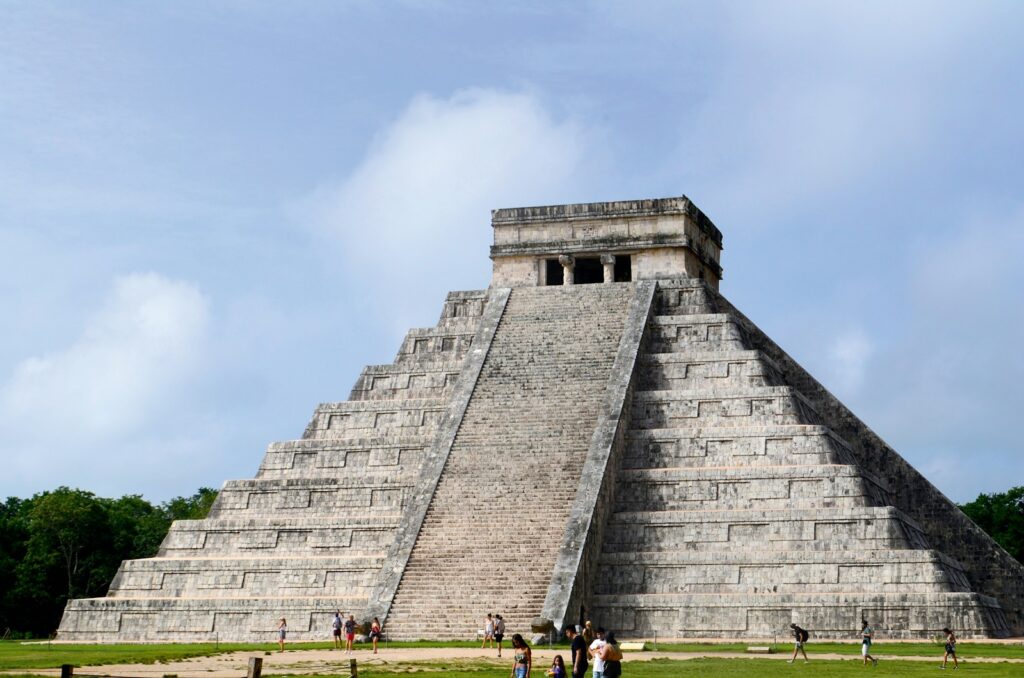Retracing Historical Events: Embarking on a journey to retrace historical events through travel is more than just a vacation—it’s a profound exploration of the past that brings history to life. From ancient civilizations to modern revolutions, the world is dotted with landmarks and sites that bear witness to the unfolding of significant events. In this guide, we’ll delve into the art of historical travel and how it allows us to connect with the past in a meaningful way.
1. Planning Your Historical Journey

Before setting out on your historical adventure, it’s essential to conduct thorough research and plan your itinerary. Identify key historical events or periods that intrigue you and research destinations associated with them. Consider factors such as accessibility, local culture, and the availability of guided tours or historical resources.
2. Immersing Yourself in the Past
As you travel to historical sites and landmarks, immerse yourself fully in the past. Take guided tours led by knowledgeable experts who can provide context and insights into the events that unfolded there. Visit museums, archives, and historical societies to deepen your understanding of the historical context surrounding each location.
3. Walking in the Footsteps of History

Walking in the footsteps of history allows you to experience the past in a tangible way. Wander through ancient ruins, explore battlefields, and stroll along cobblestone streets lined with centuries-old buildings. By physically engaging with the spaces where historical events occurred, you can gain a deeper appreciation for their significance.
4. Reflecting on Historical Significance
As you journey through historical sites, take time to reflect on their significance and the impact of the events that transpired there. Consider the perspectives of those who lived through these events and the lasting legacy they have left behind. Reflect on how these events have shaped the course of history and influenced the world we inhabit today.
5. Honoring the Memory of the Past
Visiting historical sites is also an opportunity to honor the memory of those who came before us. Pay tribute to the individuals who played a role in shaping history, whether they were leaders, soldiers, or ordinary citizens. Visit memorials, monuments, and commemorative plaques to acknowledge their contributions and sacrifices.
6. Capturing the Essence of History
As you travel, capture the essence of history through photography, journaling, and sketching. Document your experiences and impressions of each historical site, preserving them for future reflection and sharing. Create a visual and written record of your journey, including anecdotes, insights, and reflections on the significance of each location.
7. Engaging with Local Communities

Engage with local communities to gain a deeper understanding of the historical events that have shaped their culture and identity. Strike up conversations with residents, attend cultural events, and sample traditional cuisine to immerse yourself in the local context. By connecting with the people who call these historical sites home, you can gain a richer perspective on their significance.
8. Continuing the Journey of Discovery
Retracing historical events through travel is an ongoing journey of discovery. As you return home from your travels, carry the lessons and insights you’ve gained with you. Share your experiences with others, whether through storytelling, presentations, or written accounts. Encourage others to embark on their own historical journeys, inspiring a deeper appreciation for the past and its enduring impact on the present.
In Conclusion, Retracing historical events through travel is a transformative experience that allows us to connect with the past in a profound and meaningful way. By immersing ourselves in the spaces where history unfolded, engaging with local communities, and reflecting on the significance of each site, we gain a deeper understanding of the events that have shaped our world. So pack your bags, embark on a historical journey, and let the past guide you on an unforgettable adventure.
Unique FAQs About Retracing Historical Events
1. How can I find historical travel destinations that suit my interests?
Research historical events or periods that intrigue you, then search for destinations associated with them. Online resources, travel guides, and historical societies can provide valuable information to help you plan your itinerary.
2. Are there guided tours available for historical travel destinations?
Yes, many historical sites offer guided tours led by knowledgeable experts who provide insights into the events and significance of each location. Check with local tourism offices or visitor centers for information on guided tours and other educational opportunities.
3. What should I pack for a historical travel journey?
Pack comfortable clothing and footwear for walking and exploring historical sites. Consider bringing a camera or smartphone for capturing memories, as well as a journal or notebook for recording your experiences and reflections.
4. How can I ensure that I respect the historical significance of each site I visit?
Respect for historical sites involves observing local rules and regulations, avoiding damage to artifacts or structures, and showing reverence for the memory of those who lived through historical events. Follow the guidance of local guides and signage, and treat each site with the reverence it deserves.
5. What are some lesser-known historical travel destinations worth exploring?
While popular historical sites often attract large crowds, there are many lesser-known destinations that offer rich historical experiences. Consider visiting smaller towns, archaeological sites, or cultural landmarks that may not be as widely recognized but offer unique insights into the past.


